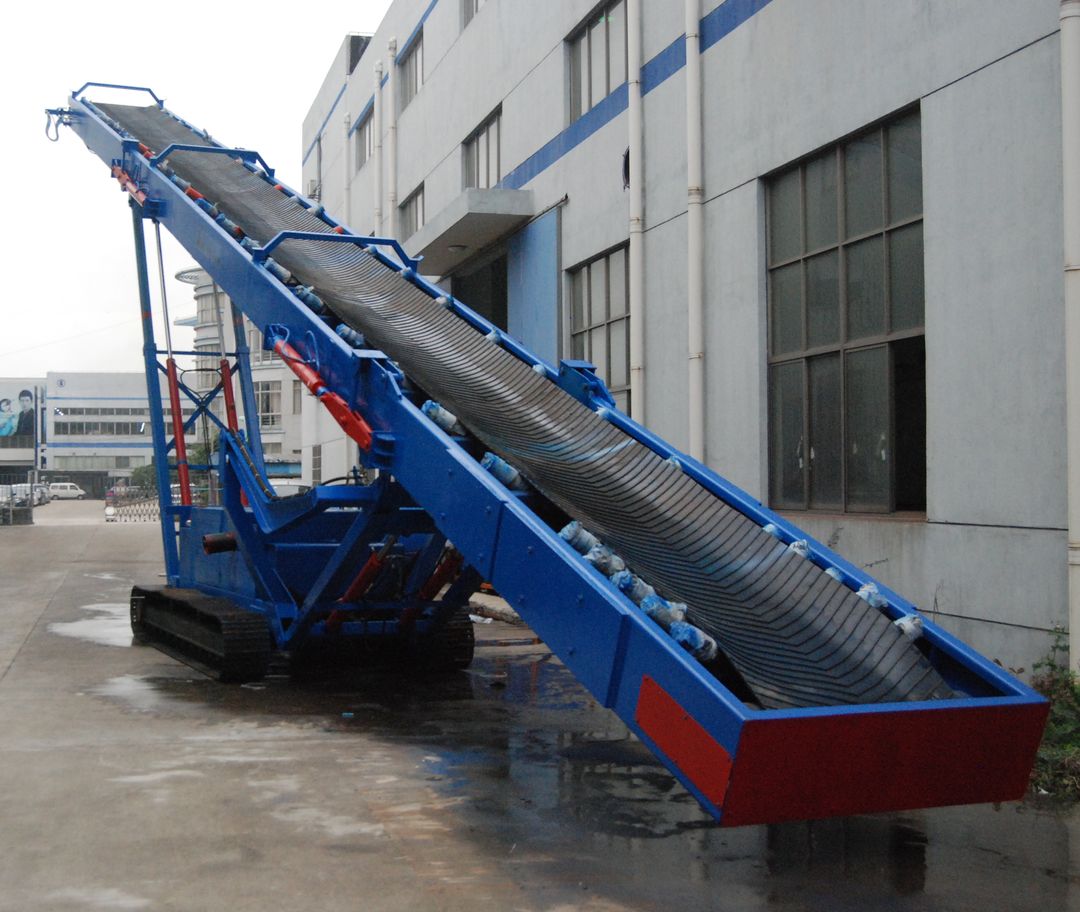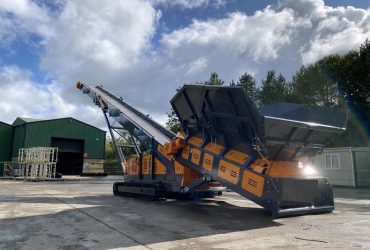Enhancing Conveyor Efficiency: The Role of Conveyor Belt Pulleys
In the realm of material handling and bulk transportation, conveyor systems play a pivotal role in ensuring the smooth flow of goods across various industries. At the heart of these systems lie conveyor belt pulleys, essential components responsible for driving the conveyor belts and facilitating the movement of materials from one point to another. Let's delve into the significance of conveyor belt pulleys and their diverse applications in industrial settings.
Understanding Conveyor Belt Pulleys
Conveyor belt pulleys, often referred to simply as pulleys, are cylindrical devices that serve as the driving force behind conveyor belts. These pulleys come in various sizes and designs to accommodate different belt widths, load capacities, and operational requirements. From motorized pulleys for powered conveyors to drive pulleys that transmit rotational motion, the versatility of pulleys contributes to the efficiency and reliability of conveyor systems.

Applications and Variations
The applications of conveyor belt pulleys are diverse, ranging from driving conveyor belts in mining operations to powering assembly lines in manufacturing facilities. Whether it's refurbishing existing pulleys or engineering custom solutions, suppliers like CBS and Rulmeca provide a comprehensive range of pulleys tailored to specific industry needs.
Motorized pulleys, for instance, offer a compact and efficient solution for belt conveyors, eliminating the need for external drive components and reducing maintenance requirements. On the other hand, magnetic pulleys utilize permanent ceramic magnets to separate ferrous materials from non-ferrous ones, making them ideal for recycling and waste management applications.
Design and Material Considerations
The design and construction of conveyor belt pulleys are critical factors influencing their performance and longevity. Pulleys are typically made of steel plates welded into cylindrical shapes, ensuring durability and structural integrity under heavy loads and harsh operating conditions. Companies like Sparks Belting and Tru-Trac prioritize the use of high-quality materials and meticulous engineering processes to produce pulleys capable of withstanding rigorous industrial environments.
Optimizing Conveyor Operations
Incorporating the right pulleys into conveyor systems can significantly enhance operational efficiency and productivity. Proper alignment and tensioning of pulleys ensure smooth belt tracking, minimizing the risk of slippage and downtime. Additionally, pulley lagging materials such as rubber or ceramic coatings improve traction and reduce wear on the conveyor belt, extending its service life and reducing maintenance costs.
Conveyor belt pulleys are indispensable components in material handling and bulk transportation systems, providing the driving force necessary to propel conveyor belts and transport goods efficiently. By understanding the diverse applications, design considerations, and operational benefits of conveyor belt pulleys, industries can optimize their conveyor systems for maximum performance and reliability.
As technology continues to evolve, innovations in pulley design and manufacturing will further enhance the efficiency and sustainability of conveyor operations, driving advancements in various sectors reliant on seamless material handling solutions.




